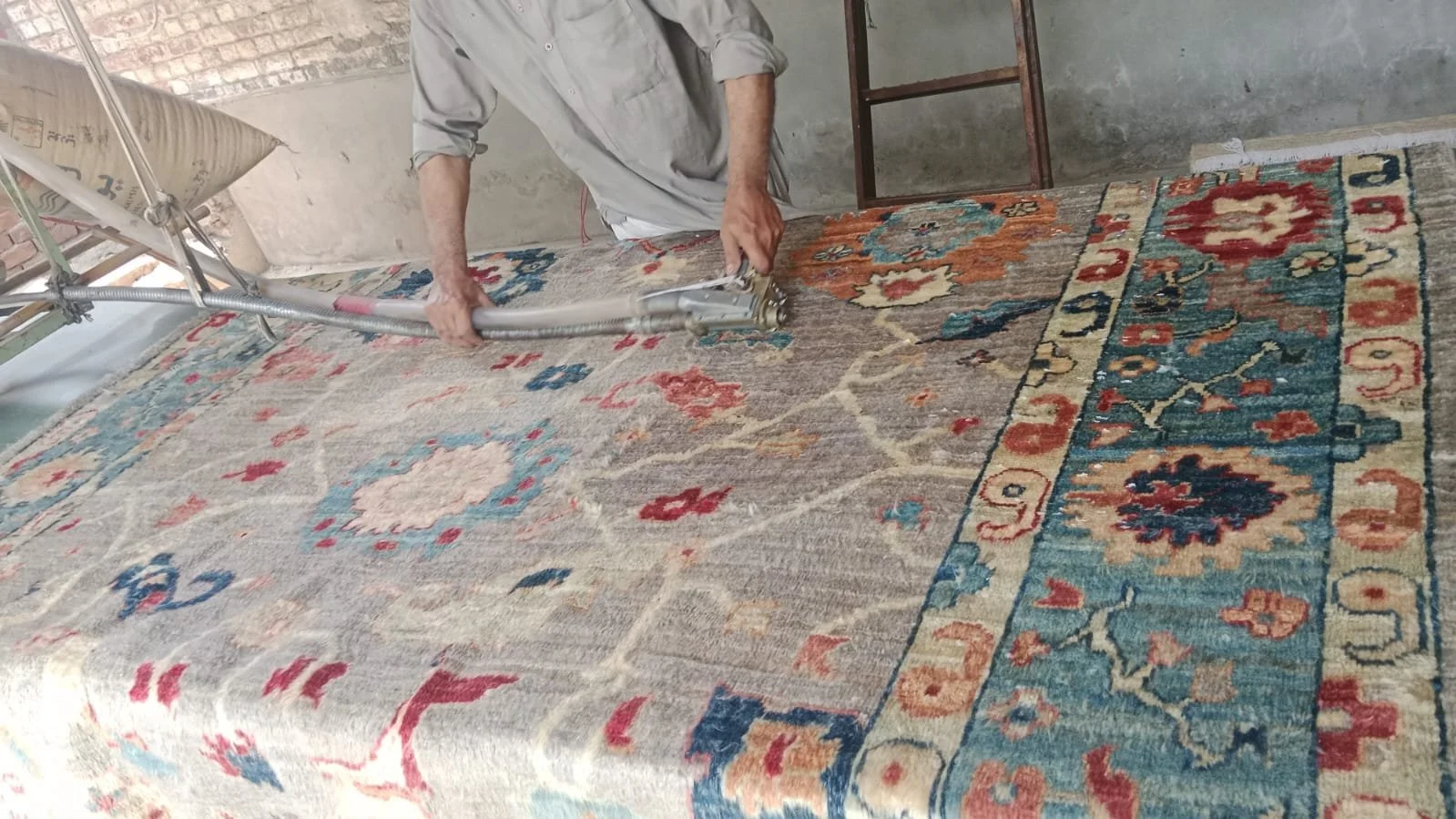What Are Hand-Knotted Rugs?
When it comes to high-quality rugs, few can rival the beauty and durability of hand-knotted rugs. These exceptional pieces have been crafted by artisans for centuries, embodying a tradition of skill, patience, and artistic expression. But what exactly makes hand-knotted rugs so special? In this blog post, we’ll explore what hand-knotted rugs are, how they are made, and why they continue to be a timeless choice for homes around the world.
Hand-knotted rugs are a true form of textile art, crafted entirely by hand using a traditional method that has been practiced for centuries. Each rug is made by individually tying thousands of knots onto a warp foundation, creating a dense and durable pile. This meticulous process can take months or even years to complete, depending on the size, complexity, and knot density of the piece.
Unlike machine-made rugs, which are produced quickly and in bulk, hand-knotted rugs are unique and never exactly duplicated. The imperfections in the weave, variations in colour, and small irregularities are all signs of authenticity and craftsmanship. These characteristics give each rug its own personality, soul, and sense of history.
These are not just handmade works of art - they are also built to stand the test of time. Contrary to popular belief, hand-knotted rugs are highly durable and resilient. They are made to be used, walked on, and lived with. The strength of each rug lies in its construction: the more tightly it is knotted, the stronger and more wear-resistant it becomes. A higher knot count not only allows for greater detail in design, but also results in a denser, more durable rug.
The quality of a hand-knotted rug is often measured by its knot count, sometimes referred to as “raj” or “KPSI” (knots per square inch). A higher knot count typically indicates a finer and more detailed design. Materials also play a key role: most hand-knotted rugs are made from high-quality wool, though some finer pieces incorporate silk for added sheen and intricacy. Cotton is also commonly used - especially in the warp and weft threads that form the structural foundation of the rug.
The warp consists of the vertical threads stretched tightly across the loom, while the weft refers to the horizontal threads woven across the warp. The hand-tied knots are wrapped around these warp threads, and the weft threads are inserted between rows of knots to secure them in place. Together, the warp and weft form the rug’s base and give it shape, strength, and stability.
Creating a hand-knotted rug involves many stages - from gathering and preparing the wool, to hand-dyeing it then knotting each thread on the loom. Once the rug is woven, it goes through several finishing processes including washing, trimming, and stretching to bring out its final texture and tone. Every step is done by skilled hands, and it’s this level of attention that results in a well-made, one-of-a-kind piece that carries the character of its makers.
These rugs often reflect the design traditions of the region they were made in - whether floral, geometric, tribal, or medallion-based patterns. The use of natural dyes adds depth and character to the colours, which age beautifully over time.
Hand-knotted rugs are not just decorative - they are lasting pieces meant to be lived with and enjoyed. With proper care, a well-made hand-knotted rug can last for generations, offering both beauty and function in everyday life.





